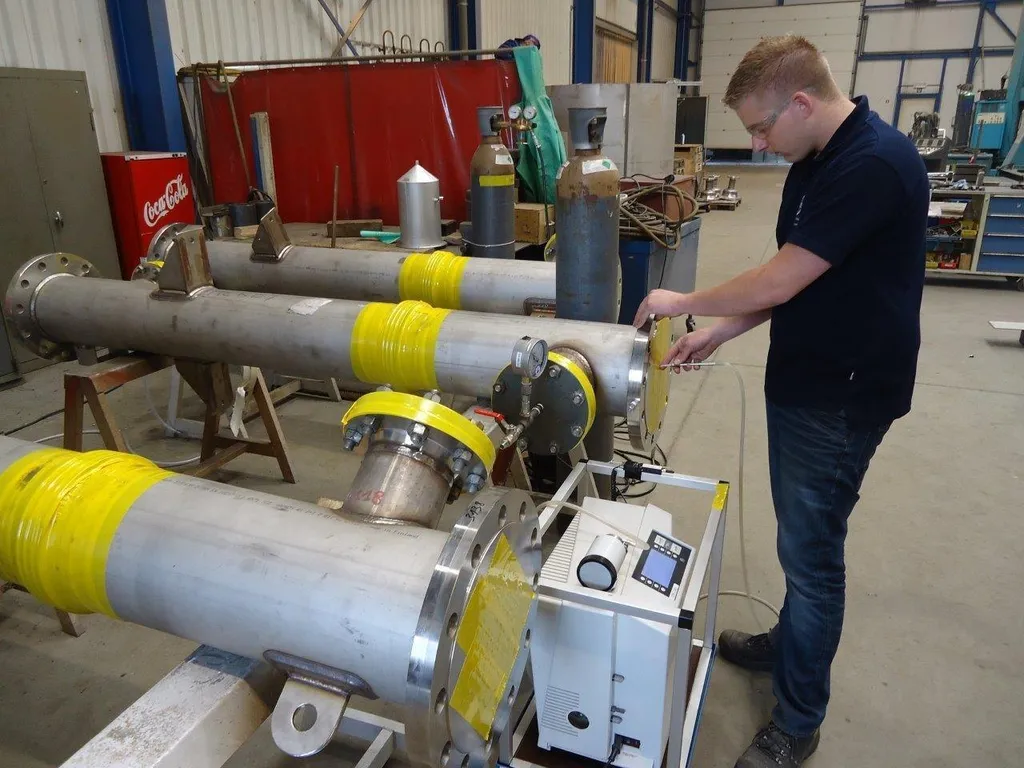Ever wondered how data centers and industries maintain their cool? The answer often lies in sophisticated systems like those crafted by Kaltra, an international company rooted in Munich. They specialize in energy-efficient chillers, free cooling setups, precision air conditioners, and microchannel heat exchangers. Operating across more than 60 countries, Kaltra’s mission hinges on two pillars environmental friendliness and unwavering reliability. But what fuels the performance of these systems? Let’s delve into the crucial role of compressor capacity.
Grasping the Core of Compressor Capacity
What exactly is compressor capacity? In essence, it’s the measure of a compressor’s ability to move a certain volume of refrigerant within a given timeframe. Think of it as the engine’s displacement in a car the bigger the displacement, typically, the more power it can generate. In cooling systems, the greater the compressor capacity, the more heat it can remove, leading to more effective and efficient cooling. But simply having a large capacity isn’t the whole story.
Why is compressor capacity so vital? Consider the delicate balance required in data centers. These facilities generate immense heat, and maintaining a stable temperature is paramount to prevent equipment failure and data loss. Industries, too, often rely on precise temperature control for manufacturing processes. Adequate compressor capacity ensures that these cooling demands are met consistently, without straining the system or wasting energy. Inadequate compressor capacity, on the other hand, leads to reduced cooling efficiency, increased energy consumption, and potential equipment damage.
Factors That Influence Compressor Capacity
Several factors impact a compressor’s ability to deliver optimal performance. Ambient temperature, for example, plays a significant role. On scorching days, the compressor has to work harder to compress the refrigerant, reducing its effective capacity. Similarly, the type of refrigerant used affects the system’s overall performance. Different refrigerants have varying thermodynamic properties, influencing their ability to absorb and release heat.
Furthermore, the condition of the compressor itself is critical. Over time, wear and tear can reduce its efficiency, diminishing its capacity. Regular maintenance, including cleaning coils and checking refrigerant levels, is essential to keep the compressor running at peak performance. Proper system design also plays a crucial role. Mismatched components or poorly designed ductwork can restrict airflow, hindering the compressor’s ability to function effectively.
Strategies for Boosting Compressor Efficiency
So, how can you maximize compressor capacity and achieve optimal cooling performance? One key strategy is implementing variable speed drives (VSDs). These devices allow you to adjust the compressor’s speed based on the actual cooling demand. Instead of running at full speed constantly, the compressor can ramp up or down as needed, saving energy and reducing wear and tear.
Another effective approach is optimizing the refrigerant charge. Too little refrigerant reduces cooling capacity, while too much can overload the compressor. Regular monitoring and adjustments are crucial to maintain the ideal refrigerant level. Furthermore, consider upgrading to more efficient compressor technologies. Modern compressors often incorporate advanced designs and materials that improve their performance and longevity.
Proper system maintenance is indispensable. Regularly cleaning coils, checking for leaks, and ensuring proper ventilation can significantly improve compressor efficiency. Implementing a proactive maintenance schedule can identify and address potential problems before they escalate into costly repairs or system failures.
Kaltra’s Dedication to Efficient Cooling Solutions
How does Kaltra contribute to this quest for efficient cooling? By engineering systems that prioritize both performance and environmental responsibility. Their energy-efficient chillers, free cooling setups, precision air conditioners, and microchannel heat exchangers are designed to maximize compressor performance while minimizing energy consumption. Kaltra’s commitment to reliability ensures that their systems operate consistently and effectively, even under demanding conditions.
Their global presence, spanning more than 60 countries, underscores their dedication to providing cutting-edge cooling solutions to a wide range of industries. By focusing on environmental friendliness and reliability, Kaltra helps organizations reduce their carbon footprint and maintain critical operations without interruption. They understand that compressor capacity is more than just a technical term it’s the cornerstone of efficient and sustainable cooling.

